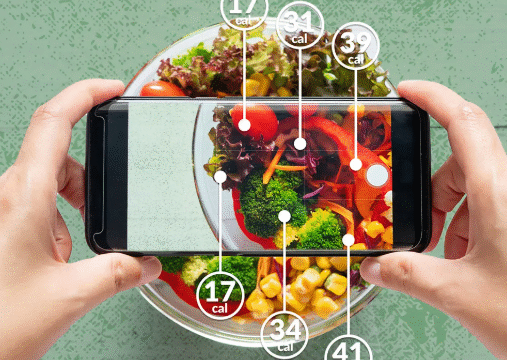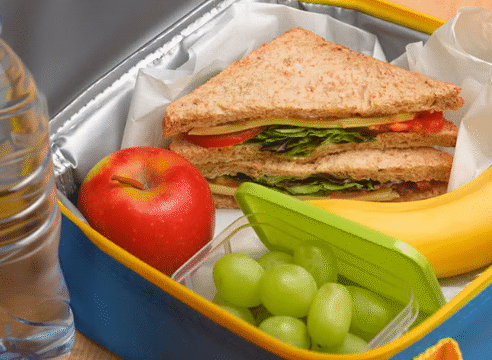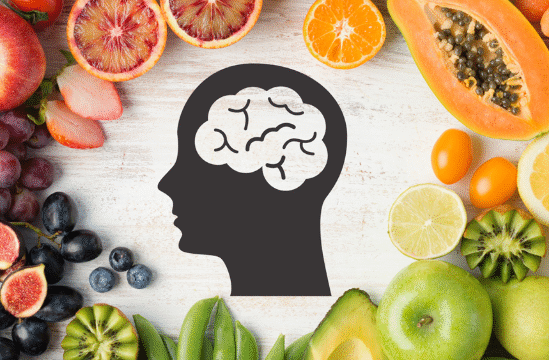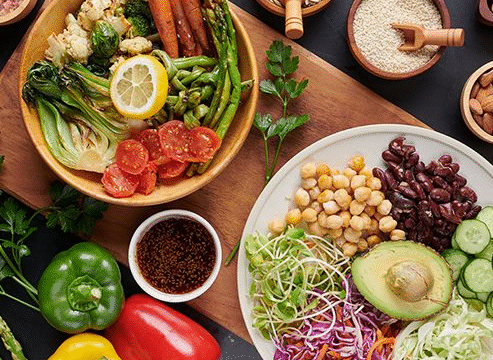When you commit to a lifestyle built around low glycemic index foods, you quickly realize that shopping is only half the job.
The way you store your ingredients plays a major role in how fresh, safe, and beneficial they remain.
Proper storage not only protects the nutritional value of your food but also helps you avoid unnecessary waste.
Since the goal of a low GI diet is to keep blood sugar levels steady, it is worth learning how to handle and store foods in ways that maintain their natural qualities.
The glycemic index measures how quickly a carbohydrate-rich food raises blood sugar. Foods with a low GI are digested and absorbed more slowly, making them excellent for sustaining energy and keeping hunger under control. Items like whole grains, legumes, vegetables, and some fruits often fall into this category. Because many of these foods are fresh and minimally processed, the way you store them can directly influence their shelf life and nutrient content.
One of the first principles of food storage is temperature control. Many low GI foods are plant-based, which means they are sensitive to warmth and moisture. Whole grains such as oats, brown rice, and quinoa should be kept in airtight containers in a cool, dry pantry. This prevents insects from getting in and reduces the chance of the grains turning stale. For even longer shelf life, some people store grains in the refrigerator or freezer, especially if they buy in bulk. This is particularly useful in humid climates where mold can be an issue.
Legumes are another cornerstone of a low GI lifestyle. Lentils, chickpeas, and beans provide both protein and slow-digesting carbohydrates. Dried legumes last a long time if they are stored in airtight containers away from light and heat. Cooked legumes, on the other hand, need refrigeration and should be eaten within three to five days. To extend their usability, many people cook large batches of beans or lentils and freeze them in portion-sized containers. Freezing does not damage their nutritional value and makes it easy to add them to meals whenever needed.
Vegetables are an essential part of a low GI diet, but they can be tricky to store. Leafy greens such as spinach, kale, and lettuce are especially delicate. To keep them fresh, rinse them gently, pat them dry, and wrap them in a paper towel before placing them in a breathable bag in the refrigerator. This method absorbs excess moisture, which is often the main cause of spoilage. Root vegetables like carrots, beets, and sweet potatoes last longer when stored in a cool, dark place away from direct sunlight. A pantry, cellar, or a well-ventilated cupboard works well for these.
Fruits also play an important role in a balanced low GI diet. Many fruits with a low GI, such as apples, pears, cherries, and plums, can be stored in the refrigerator to maintain their crispness and sweetness. Bananas, while higher on the glycemic index as they ripen, can be managed by slowing down the ripening process. Keeping bananas at room temperature until they begin to develop brown spots, and then refrigerating them, helps maintain their texture and prevents overripening. Berries, which tend to be lower on the glycemic scale compared to other fruits, are best eaten quickly. They should be rinsed just before eating and stored in the refrigerator in a container lined with a paper towel to reduce moisture buildup.
Dairy products such as yogurt and milk, often part of a balanced low GI eating plan, require refrigeration at all times. Yogurt, particularly varieties with added probiotics, can lose its beneficial bacteria if stored improperly. Always check expiration dates and keep dairy sealed tightly to prevent contamination from other foods in the refrigerator. If you purchase in bulk, consider freezing yogurt in individual portions, though it may slightly change the texture.
When it comes to bread, those who enjoy whole grain or sourdough varieties should take extra care. Fresh bread made without preservatives tends to spoil faster. To extend freshness, store bread in a cool, dry place for daily use and freeze any extra loaves. Slices can be thawed quickly or toasted straight from the freezer without losing quality. This is an excellent strategy for anyone who wants to avoid food waste while still enjoying fresh-tasting bread.
Nuts and seeds are another group of nutrient-rich, low GI foods that require proper handling. Because of their natural oils, they are prone to turning rancid if left at room temperature for too long. Storing nuts and seeds in airtight containers in the refrigerator or freezer keeps them fresh for months. Whether it is chia seeds, almonds, walnuts, or sunflower seeds, proper storage preserves both flavor and nutritional value.
Another important aspect of food storage is organization. Keeping your pantry and refrigerator neatly arranged helps you see what you have and prevents items from expiring unnoticed. Rotating older items to the front and placing new purchases in the back ensures that you use foods before they spoil. This method saves money and encourages consistency in following a low GI diet.
Beyond storage, food preparation can also influence how well low GI foods maintain their benefits. For example, cooking pasta al dente helps keep its glycemic index lower compared to overcooking it. Similarly, refrigerating cooked potatoes and then reheating them later can increase their resistant starch content, which in turn reduces their effect on blood sugar. These simple tricks can make your meals both tastier and more effective for steady energy.
Freezing is often underused but highly effective for low GI meal planning. Soups, stews, and grain-based dishes freeze well and can be stored for weeks. By cooking in larger batches and freezing portions, you not only save time but also ensure that healthy, low GI options are always available. This reduces the temptation to reach for processed, high GI foods when you are short on time.
For those who shop at farmers’ markets or grow their own produce, preserving is another valuable strategy. Canning, fermenting, and dehydrating can extend the shelf life of seasonal fruits and vegetables while keeping much of their nutritional value. Homemade sauerkraut, pickled vegetables, or dried fruit snacks can all be made in ways that fit into a low GI lifestyle.
In the end, learning how to store low GI foods is about more than keeping them from spoiling. It is about protecting the very qualities that make them supportive of balanced energy and well-being. By paying attention to temperature, moisture, air exposure, and organization, you can make the most of every ingredient. This not only helps you maintain a steady blood sugar level but also makes your kitchen more efficient and your meals more enjoyable.
A low GI diet becomes easier to follow when your food is fresh, accessible, and ready to use. With the right storage habits, you are not just saving money and avoiding waste, you are also creating an environment that supports long-term health. Over time, these small choices build into sustainable habits that make a meaningful difference in your everyday life.






